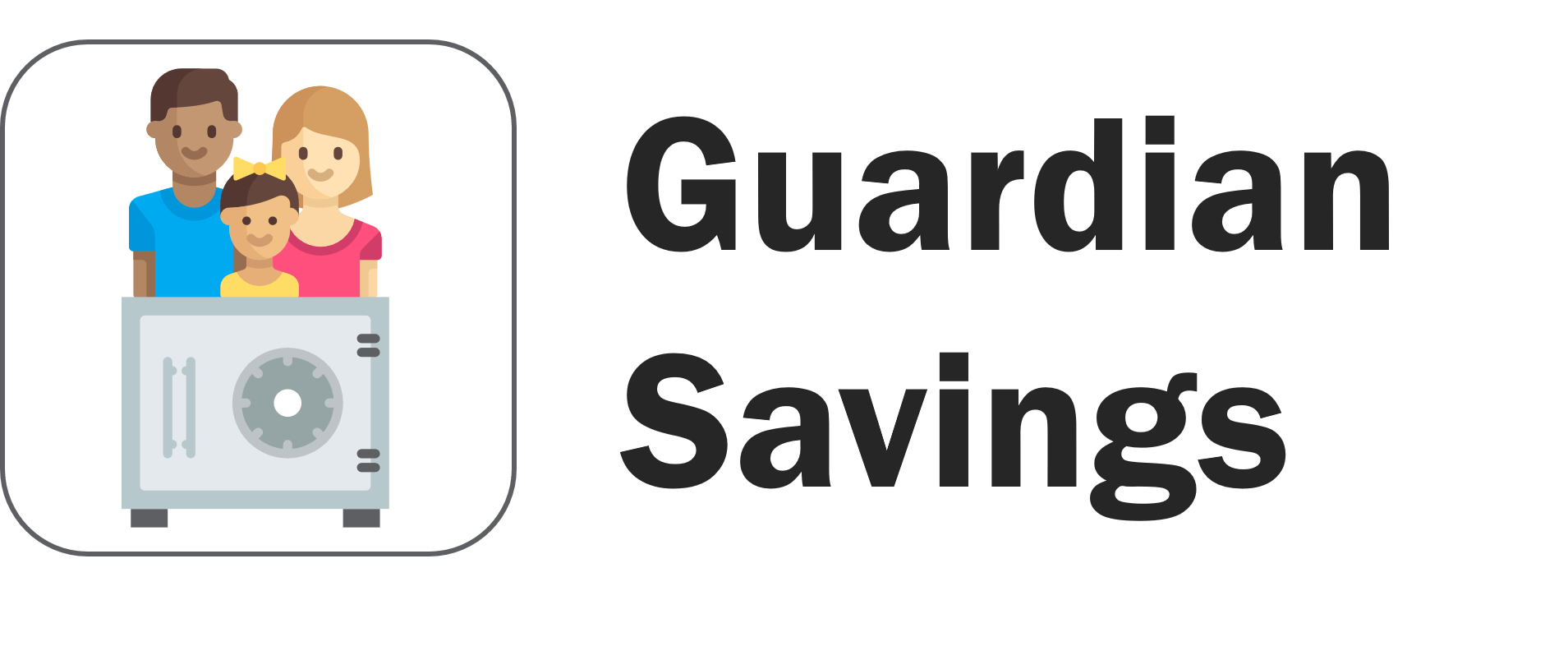The Importance of Modeling and Transparent Conversations
I can recall standing in the checkout aisle of the grocery store asking for any of the candies within reach. Most of the time I was met with the standard parental response of, “No,” which often left me pouting and asking repeatedly, “Why not?” Now as a twenty-six year old teacher, I often face similar scenarios, and as much as I would like to always give in and just “get the candy,” or whatever I want in the moment, I remind myself of my budget and evaluate my needs vs. wants.
Whether or not we want to admit it, thoughts about personal finance are a constant, thoroughly embedded within our lives. From our first shopping trip on, we are bombarded with decisions involving saving, investing, budgeting, and opportunity cost - we just don’t realize it. Which raises the question, why aren’t we given the tools and vocabulary to help us navigate financial decision-making as children?
While we can’t travel back in time to educate our younger selves, we can look to educating future generations. As we make daily financial decisions, we must model good habits and critical thinking for our children. Having transparent conversations about money and introducing personal finance vocabulary to children allows them to start understanding and making their own decisions earlier on in life. To better understand how this works to benefit young children, let’s break it down a little further.
#1 Benefits of Learning Early
Being exposed to lessons, terms, and experiences early on in life gives us time to build our understanding. Psychologist Jean Piaget calls this our schema. Our schemas are both the process of acquiring knowledge and our categories of knowledge. For example, when children see a book and its characteristics, they acquire the knowledge of what a book is within their schemas. As they begin to understand how to open a book, hold it the correct way, and read print, their brains store this information under the “Book” category of knowledge.
Once children have learned important financial terminology, they are similarly able to categorize their experiences into schemas. For example, determining at the grocery store that milk is a need, while a candy bar is a want, goes in the “needs vs wants” category. Similarly, their experience saving for a new toy for a friend’s birthday gift is “budgeting.”
#2 The Power of Imitation
“Thinking out loud” can be an easy and effective way to model financial planning and decisions. Next time you’re debating whether you should buy the new shoes or go out to dinner with friends, have that conversation in front of your child. According to the University of Washington, research proves that children can remember actions longer when they imitate the actions of others or see their own actions imitated. They can then better apply this behavior in their own scenarios by generalizing the observed action. You can instill powerful decision-making skills in your children by applying this thinking in your own context - giving them a mental model for financial scenarios in the future.
#3 Low-Risk Scenarios
Teaching children financial vocabulary and modeled behavior when they are young comes with the ultimate benefit: allowing them to apply their knowledge when the risk is low, instead of waiting to apply these terms when they have to navigate salaries, budgets, investments, and retirement accounts at an older age. As learners, we are more successful making decisions in low-risk scenarios. Making mistakes and learning at a young age is better than having to learn money management and good financial habits when our livelihood is at stake.
#4 Applied Practice
Thinking back, most of my early financial experience came from board games, like Monopoly or Life, to simulate real-world financial decisions. Should I invest our money in property, or should I save it? Have I thought about saving for retirement yet? These games served as a place where I could make decisions about money and see an immediate outcome.
While games are still fun and valuable learning devices, technology has also provided us with even more tools to teach financial literacy. Apps like Guardian Savings allow kids to make decisions about their own money in a safe and fun online environment. They can determine where to allocate their own money using different jars, earn interest on their savings, and save money for a future purchase. Consequently, Guardian Savings allows children to take this learned vocabulary and shared conversation and apply it on their own.
About the Author
Annie Gibson is an elementary school teacher from Indianapolis. She’s passionate about life-long learning and giving youth the learning foundations they need to be good community members and succeed in life.


